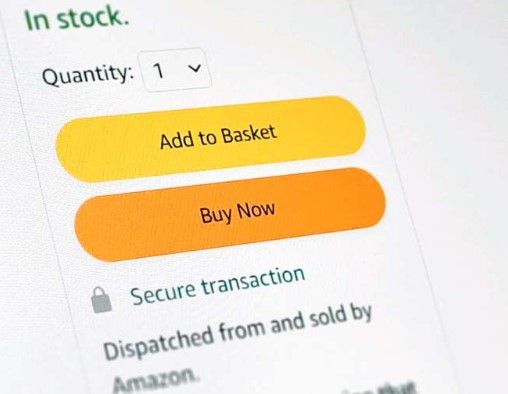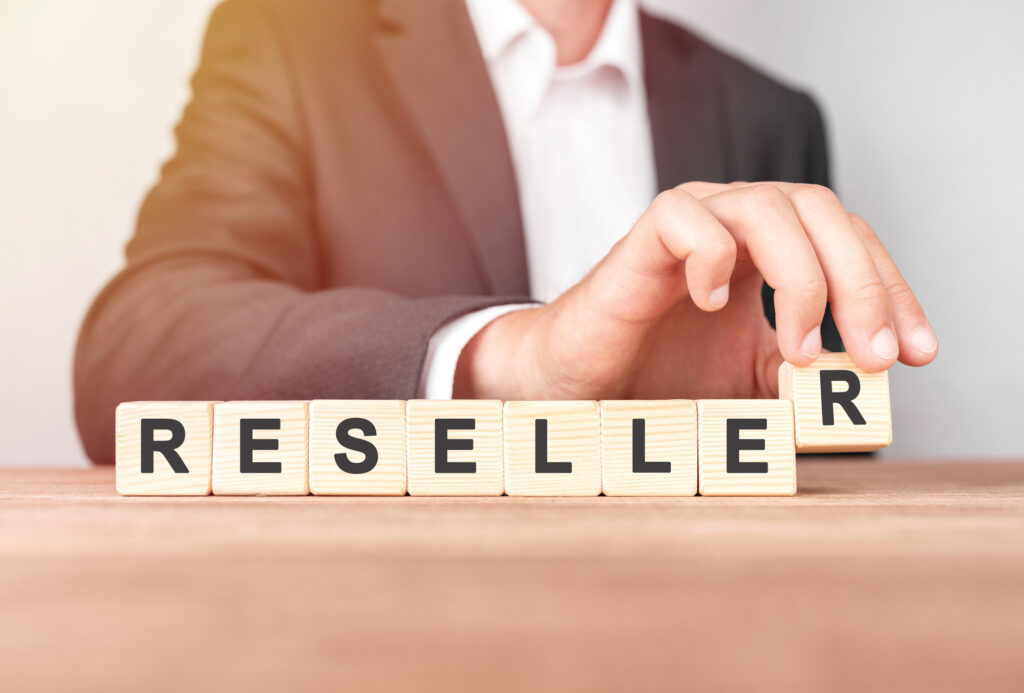
Do we need to repeat that Amazon is the largest global marketplace? The number of sellers continues to rise year-over-year, and the same is happening with Amazon’s revenue. According to Marketplace Pulse, Amazon’s revenue has increased from $386.06 billion in 2020 by 22% to $469.82 billion in 2021.
The growth of this marketplace has “side-effects” like making it more and more desirable for everyone, but also it requires sellers to care very highly about all operations and the protection of their brand.
Let’s cross through some vital things needed to maintain a successful business and protect your brand on Amazon.

The vital list of operations for sustaining and building a successful business on Amazon
For any seller who wants to maintain and build a successful business on Amazon, it is crucial making sure that the following checklist accomplishes:
- Optimized inventory strategy: Monitor the most important inventory metrics like excess inventory, sell-through rate, stranded inventory, and in-stock rate.
- Enhanced on-site experience: Making sure that the content copy is:
- Indexed for search and answered all the questions about the product as much as possible
- Have at least 5-7 images with highlighted features and benefits of the product
- Have a product video
- Making sure the retail readiness is achieved:
- 4-6 weeks of coverage of inventory and back stock of top-selling items in the warehouse
- Accurate and clear content updated according to Amazon requirements (title, images, bullet points, description, A+ content, and Brand Store)
- Minimum of 15 reviews and rating of at least 3.5 stars
- Winning the Buy Box

The importance and impact of winning the Buy Box
Owning the Buy Box on Amazon is not only one of the crucial factors that will affect your sales positively, but it is also one of the main factors for your brand protection.
To understand the Buy Box, sellers need to understand Amazon pricing rules.
- The first rule is fair pricing, which means that any product must have a price equal to or lower than the price of the same item sold by the seller on other sites or virtual marketplaces.
- The second rule is that Amazon is a dynamic platform, meaning the item price fluctuates according to market conditions, comparable to any global economy.
Essential factors for winning the Buy Box include:
- Pricing
- Having a low order defect rate
- Good performance metrics
- Excellent quality of customer service
- Length of time the seller is presented on Amazon Marketplace.
Additionally, the order delivery time is one of the factors that can result in winning the Buy Box. There are examples where sellers with the same or a bit higher price won the Buy Box because they offered a faster delivery time.
Resellers or Third-Party Sellers: working with and against them
In simple words, a reseller is an individual or a company that sources products at wholesale – or at least in bulk – and then sells or resells them on Amazon. If we look back in the past, up to 2010, Amazon consisted entirely of resellers.
Resellers can be authorized and unauthorized. A manufacturer permits authorized resellers to sell its products or resellers that are Amazon suppliers (vendors). Unauthorized sellers can buy products from other retailers directly from the manufacturer or distributor, buy closeout or liquidated items, and sell stolen or counterfeit goods.
And the last mentioned claim is when your brand protection is at risk. At this point, we will suppose that you are a brand registered seller on Amazon but have issues with resellers.
Once some sellers start losing the Buy Box or face the price erosion, it commonly “wakes up,” realizing there is an issue with resellers. Besides this, common other challenges that will occur are:
- Poor brand representation on third-party listings
- Negative customer reviews
- Strained retainer relationships
- Lack of marketing and advertising campaign results in the case of losing the Buy Box.
Each seller should analyze and answer the question on should authorize third-party sellers or not.
Authorization benefits are simplified logistics, avoiding daily sales management, inventory purchased upfront, and some additional services provided by resellers.
The challenges are:
- Less control.
- The potential for having price competition.
- No maximum investments in brand awareness.

Protecting brand value and margin
Before mentioning some ways to protect your brand and margin, let’s mention that Amazon follows The First Sale Doctrine.
The First Sale Doctrine guarantees that someone who purchases a trademarked product has the right to resell that same product.
The first way to protect your brand and margins is by using a Minimum Advertised Price (MAP) pricing policy. The MAP policy can work if you:
- Know the identity of resellers offering your products on Amazon
- Can cut off the distribution to those resellers
- Can prevent sellers from accessing your products from other sources.
Additional steps to protect your brand can be proactive and reactive.
Proactive steps are:
- Register trademarks
- Create clear reseller standards via resale policy
- Clearly communicate standards to resellers
- Vet Resellers if that is possible
You can resolve issues by yourself when:
- You’re losing the buy box because of inventory or price
- Your trademarks are being used on a product that is not yours
- Your trademarks are being used by a seller that is not authorized
Reactive steps are:
- Actively monitor your listings
- Send notices to infringing sellers
- Involve Legal Counsel for difficult Sellers, especially if you:
- Cannot determine who is authorized vs. unauthorized
- Have inconsistent pricing across different eCommerce sites
- Have an overwhelming number of resellers
- Don’t know where to start.
Brand registered sellers can open a case for Trademark infringement in Brand Registry when a physical or non-physical difference exists between products sold by authorized Resellers vs. unauthorized resellers.
The above is the case when there is a difference in packaging, consumer warranties, level of customer and sales support, promotions, etc.
It also means you are dealing with hijackers. Amazon is very focused on solving these counterfeit sales with Brand Registry support, transparency codes, Project Zero, and triaging and navigating unauthorized sellers.
Key takeaways:
- Ensure you are retail-ready with sufficient inventory and optimized content
- Stay consistent with pricing across all channels
- Register your brand in Amazon Brand Registry
- Check your buy box winning percentage, and if you are priced competitively
- Check if you have a reseller problem.
If you have additional questions or want us to help you on your Amazon journey, don’t hesitate to contact the BellaVix Team.
Keep up with the latest Amazon and Walmart news updates and subscribe to our BellaVix newsletter 👇👇👇
